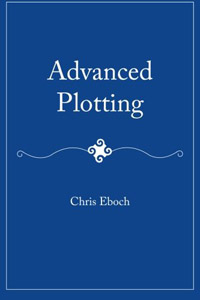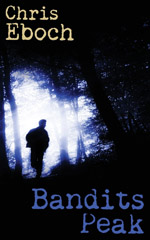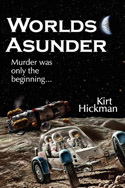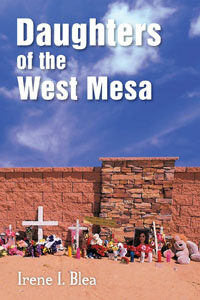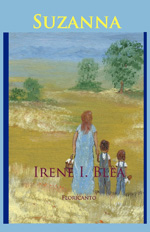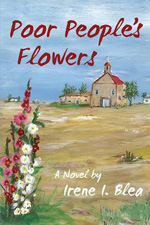by Melody Groves

And why aren’t you writing for magazines? I can list the reasons if you can’t come up with your own. No new ideas. Don’t know which magazine would take my article. No clue how to begin. And for cryin’ out loud, I’m a fiction writer!
These are excuses, not reasons. I’m here to tell you that you can and should write for magazines. With over 9,000 published annually, there is at least one that will publish your article. But wait! In addition to a plethora of magazines (both print and online), the question then is: why should I want to? I’ll tell you why.
1. Relatively short turnaround time. Generally, you get assigned a story with a deadline anywhere from a week to three months down the road. It’s published shortly after that, maybe a month or two later. It’s so much quicker than novels that have to go through editing, formatting, more editorial, layout, editorial, cover design, final editorial and then publishing. We won’t even mention distribution and marketing. No marketing involved in your magazine article. (On the plus side, your weekends are now free. On the down side, you have nothing to sign—although I did sign an article I wrote for New Mexico Magazine for my mail carrier!)
2. A little bit goes a long way. That research you did for your novel (you did do research, didn’t you?), use it for magazine articles. Take the same information, change it around, put the focus on a different aspect and voilà! Article number two. Why not write as many articles as you can for as many publications as you can using the same research? Why not, indeed?
Here’s how it’s done. Say you wrote a novel where the murderer is somewhat of a snobbish wine connoisseur who lives in New Zealand. Well, there you go. One article about the types of wine produced in New Zealand (yes, they do); another article about traveling there to tour the wineries; a third article about how the Kiwis (the native population) use wine in their celebrations. I don’t know about you, but I can think of about 30 more articles based on New Zealand wine.
And it’s a huge plus if the editor knows you have a book with this information in it. He’ll let you plug your book down in the bio section at the end of the article. Definitely an ego-boosting thing to do.
3. First North American Serial Rights. A way cool writer-friendly law that says once your article is published and the magazine is off the shelf, then the rights revert back to you and you can sell that puppy as is again—for less money, of course. A word of caution: some magazines do not accept reprints. Some love them (such as Readers Digest). Check with the website and/or editor to be sure. You’ve got to be professional. If they don’t take reprints, don’t try to fool them. If, however, it’s been 10 years, tell them, and there’s a chance they’ll say yes.
4. And the clincher (insert drum roll here): Writing for magazines pays. Okay, you probably can’t count on selling one article and then taking your long-awaited trip to Hawaii on that paycheck alone. Magazines pay anywhere from nothing up to $2 a word. That’s right. Per Word. Who wouldn’t want to earn $2 for typing the word “the”? Sign me up. The average is 30 cents a word with some regional publications offering less. The good news: the more often you write for the same editor, the more he pays. Generally. So, since they publish fairly soon after you submit the article, you don’t have to wait forever to get that check. Most times they’ll pay after acceptance. And most times they pay with a 50 percent kill fee.* Look carefully at the contract. It’ll say in there. If not, ask the editor to include it.
And usually, they pay extra for photos. Check their submission guidelines or call their office. If you can offer photo services (it’s so much cheaper to take them yourself), it’s a Bigfoot foot in the door.
Do some quick arithmetic with me: Say 750 words at 20 cents per word: $150. Not shabby. If you do that once a week, that’s…let’s see…carry the one… $600 a month. Within a year you could be sailing to Hawaii. Don’t forget sunscreen. Swimsuits are optional.
*A “kill fee” means that after you submit your article and they accept it, and for some reason totally out of your control they decide not to run it, they’ll give you half of the agreed upon rate. At this point, you can shop that article around without rewriting it at all. Kind of a win-win deal. Kind of.
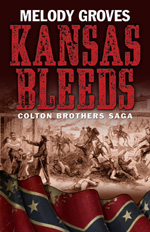 Seven-time award-winner Melody Groves is the author of four historical fiction novels, three non-fiction books, and dozens of magazine articles. Past-president of SouthWest Writers, she’s also a member of Western Writers of America. And when not writing, she plays rhythm guitar in the Jammy Time Band. Visit her at MelodyGroves.net.
Seven-time award-winner Melody Groves is the author of four historical fiction novels, three non-fiction books, and dozens of magazine articles. Past-president of SouthWest Writers, she’s also a member of Western Writers of America. And when not writing, she plays rhythm guitar in the Jammy Time Band. Visit her at MelodyGroves.net.
This article was originally published in the August 2012 issue of SouthWest Sage and is reprinted here by permission of the author.


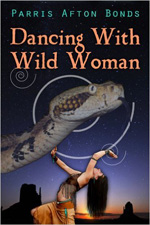
 KL Wagoner (writing as Cate Macabe) is the author of This New Mountain: a memoir of AJ Jackson, private investigator, repossessor, and grandmother. She has a new speculative fiction blog at
KL Wagoner (writing as Cate Macabe) is the author of This New Mountain: a memoir of AJ Jackson, private investigator, repossessor, and grandmother. She has a new speculative fiction blog at 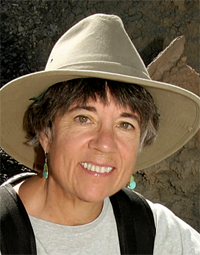 I carry a journal with me, always. Especially in Mexico.
I carry a journal with me, always. Especially in Mexico.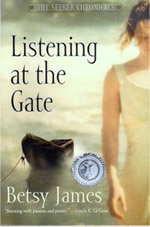 Betsy James is the author-illustrator of sixteen books and many stories for adults, teens, and children. Her latest novel, Listening at the Gate, is a Tiptree Award Honor Book and a New York Times Best Book for the Teen Age. Forthcoming: Roadsouls, her next fantasy, will be available in 2016 from Aqueduct Press. Visit her at
Betsy James is the author-illustrator of sixteen books and many stories for adults, teens, and children. Her latest novel, Listening at the Gate, is a Tiptree Award Honor Book and a New York Times Best Book for the Teen Age. Forthcoming: Roadsouls, her next fantasy, will be available in 2016 from Aqueduct Press. Visit her at 
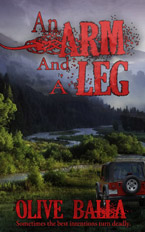
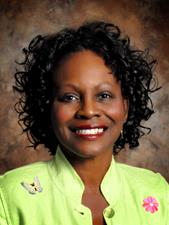
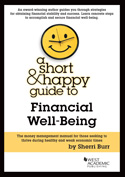

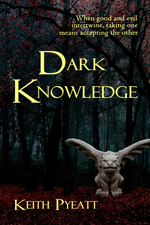

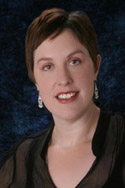 Bentley Clark hopes to one day make a career of drinking tea, staring into the middle distance, and using phrases such as “derring-do.”
Bentley Clark hopes to one day make a career of drinking tea, staring into the middle distance, and using phrases such as “derring-do.”